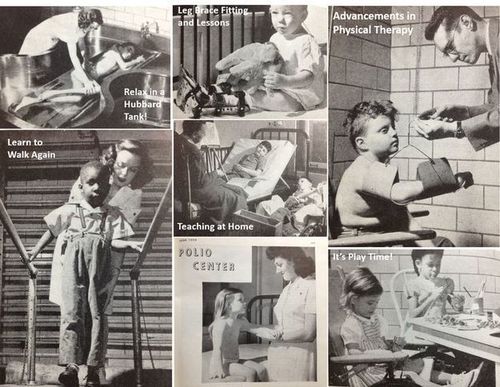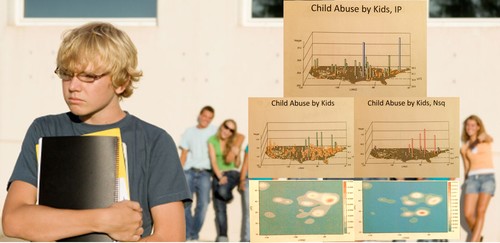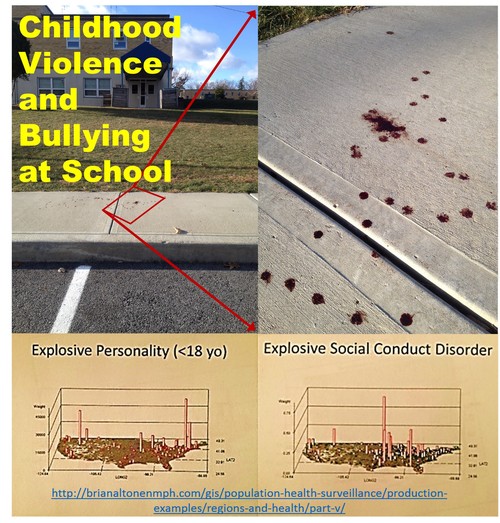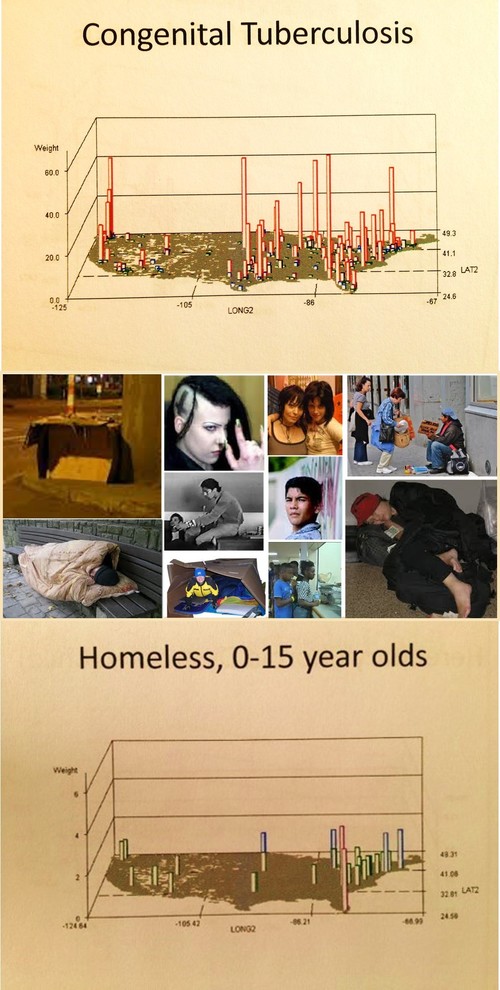See on Scoop.it – Episurveillance
Today, April 26, 2014, marks the 60th Anniversary of the initiation of the polio vaccine!
Invented by Jonas Salk, experimental trails of this vaccine were initiated on April 26, 1954. The first vaccines were provided to children at Franklin Sherman Elementary School, McLean, Virginia. Ultimately, 1.8 million children would be vaccinated for this trial.
Albert Savin developed an attenuated form of this organism that could be administered orally several years later (ca. 1957). This method was later licensed for its first clinical trials by 1962.
The important lesson here: progress came about quickly due the creation of an oral vaccine; it took just a half century to nearly wipe out polio disease worldwide, whereas certain pox, measles and other infectious diseases requiring injections continue to produce outbreaks.
Brian Altonen’s insight:
The pictures provided here (minus the descriptive text) are from the AMA’s "family health magazine" Hygeia, published in 1944.
.
The problem as it existed at this time is discussed in detail in Mark Graczyk’s "HIDDEN HISTORY: Polio outbreaks hit area, 1939 & 1944."
http://thedailynewsonline.com/blogs/mark_my_words/article_03cf064a-e8ce-11e2-8327-001a4bcf887a.html
.
The magazine Hygeia was devoted to health and targeted the average American households (not to be confused with a contemporary journal bearing the same name, published in India). The title Hygeia was in use from 1923 to 1949, after which it was renamed Today’s Health (1950-1976).
.
More on the Polio vaccine and its history can be found at the History Channel: http://www.history.com/this-day-in-history/polio-vaccine-trials-begin
.
"The Charbor Chronicles". Saturday, April 26, 2014. "On This Day in History – April 26 Polio Vaccine Trials Begin" at http://charbor74.blogspot.com/2014/04/on-this-day-in-history-april-26-polio.html
.
Smithsonian National Museum of American History wepage. "Whatever Happened to Polio? " http://amhistory.si.edu/polio/virusvaccine/clinical.htm
.
Polio Eradication – Global Status and Progress. UNICEF. at http://www.unicef.org/media/media_18981.html
See on www.pinterest.com




